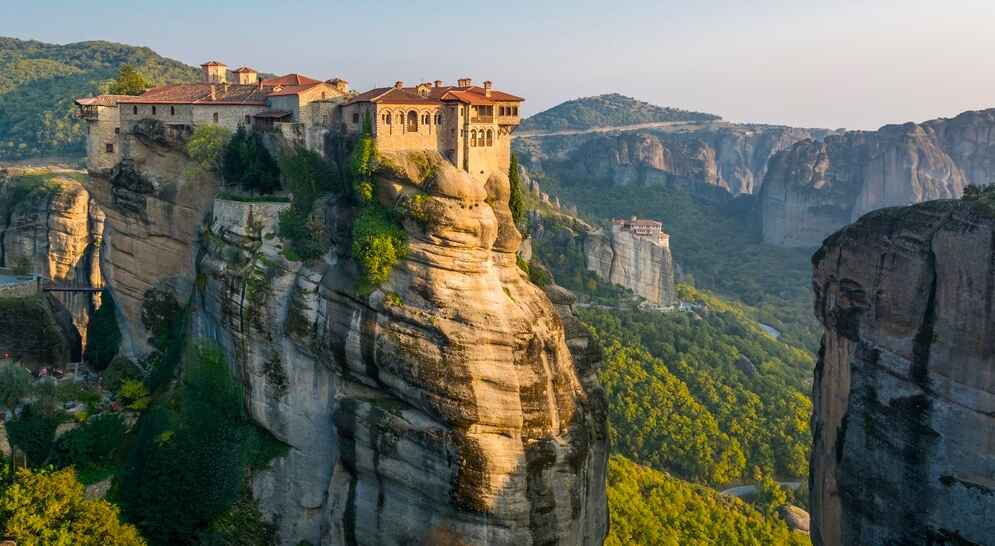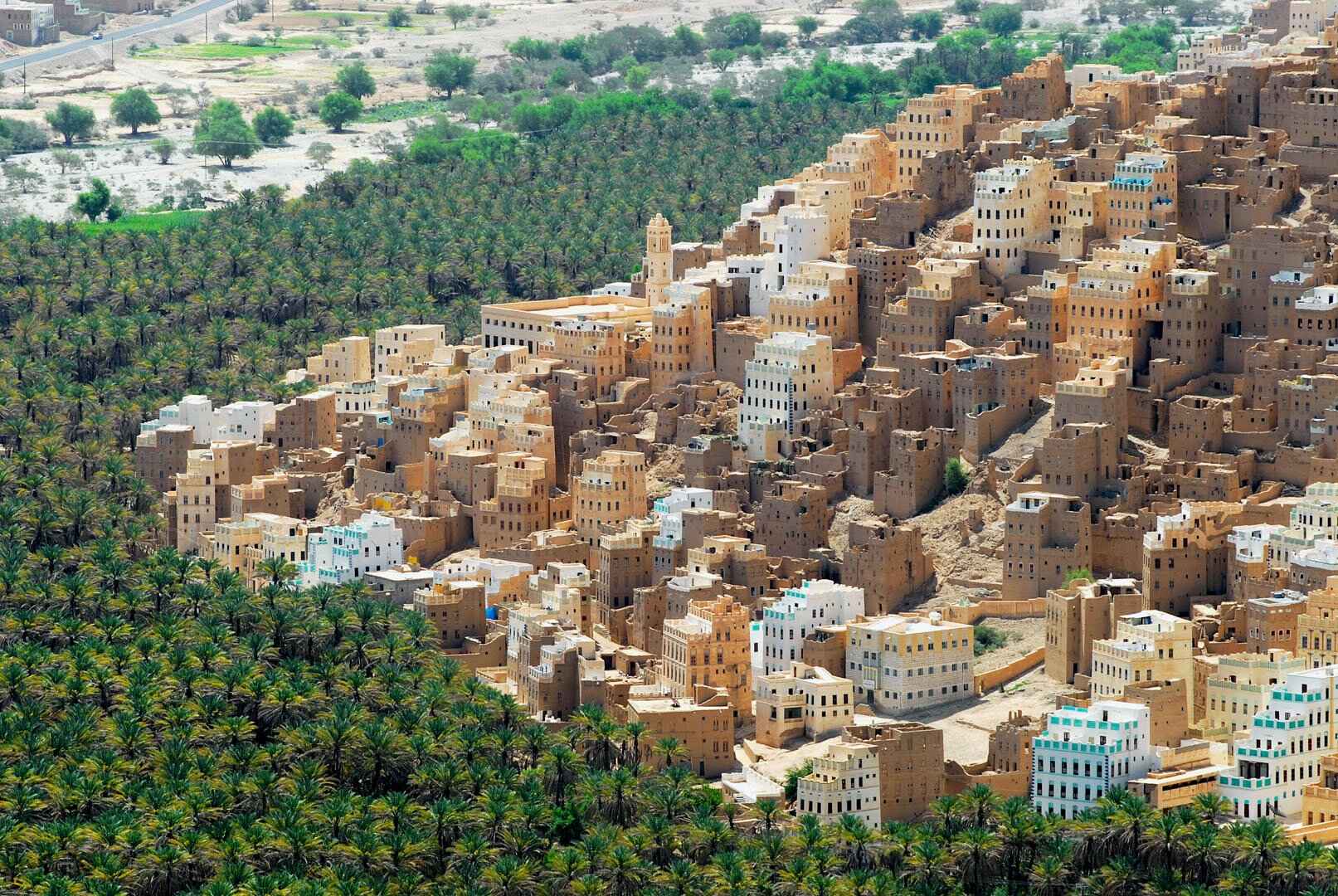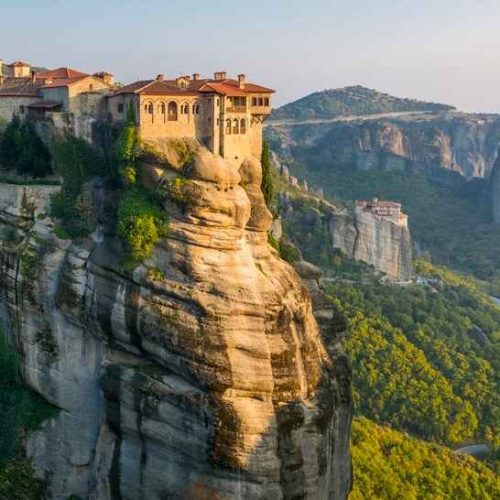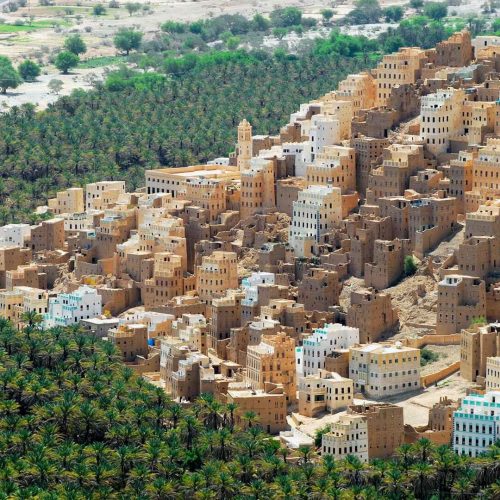Edinburgh Castle perches proudly on Castle Rock, dominating Scotland’s capital skyline. For centuries, this ancient fortress has served as a royal residence, military stronghold, and national symbol—drawing millions of visitors eager to uncover its storied past.
From coronations and sieges to hidden tunnels and royal jewels, Edinburgh Castle offers an immersive journey through Scottish heritage and resilience.
🏛️ Origins and Early History of Edinburgh Castle
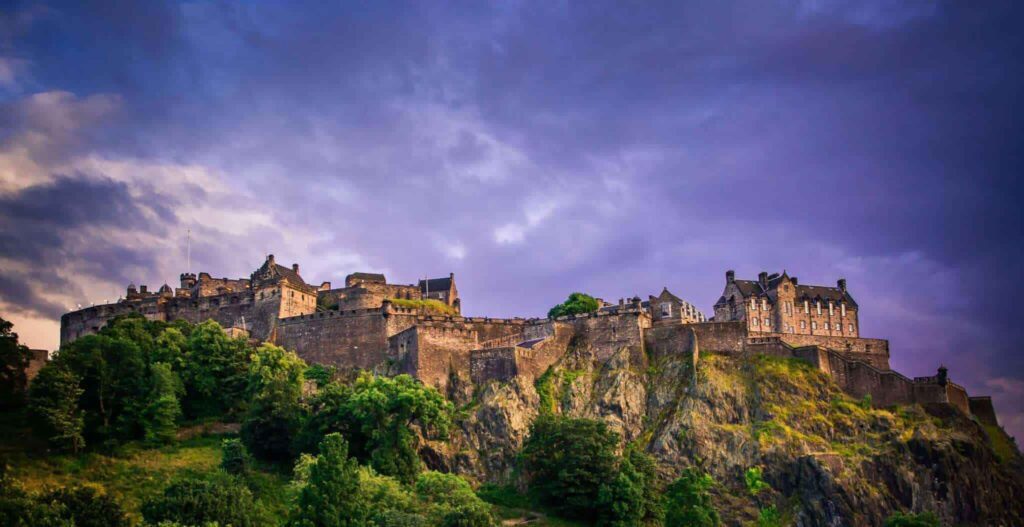
🏔️ Castle Rock: A Volcanic Stronghold
Edinburgh Castle’s foundation atop a 350-million-year-old volcanic plug—known as Castle Rock—dates back at least to the Iron Age (around 600 BCE). The dramatic natural defenses made it a prime location for settlement. Archaeological evidence suggests humans occupied the rock as early as 900 BCE, building wooden fortifications before the Normans arrived.
🏰 Norman Construction and Royal Residence
In 1093, King Malcolm III made the castle his principal royal seat. Over the next two centuries, successive monarchs—including David I and William the Lion—expanded the fortress. Key early structures included:
- St. Margaret’s Chapel (c. 1130): The oldest surviving building, a small Norman church dedicated to Malcolm III’s mother.
- Royal Palace (late 12th century): Housed Scottish kings; later replaced by the Great Hall under James IV.
By the 13th century, Edinburgh Castle had become both a political hub and a military bulwark.
⚔️ Wars, Sieges, and Military Heritage of Edinburgh Castle
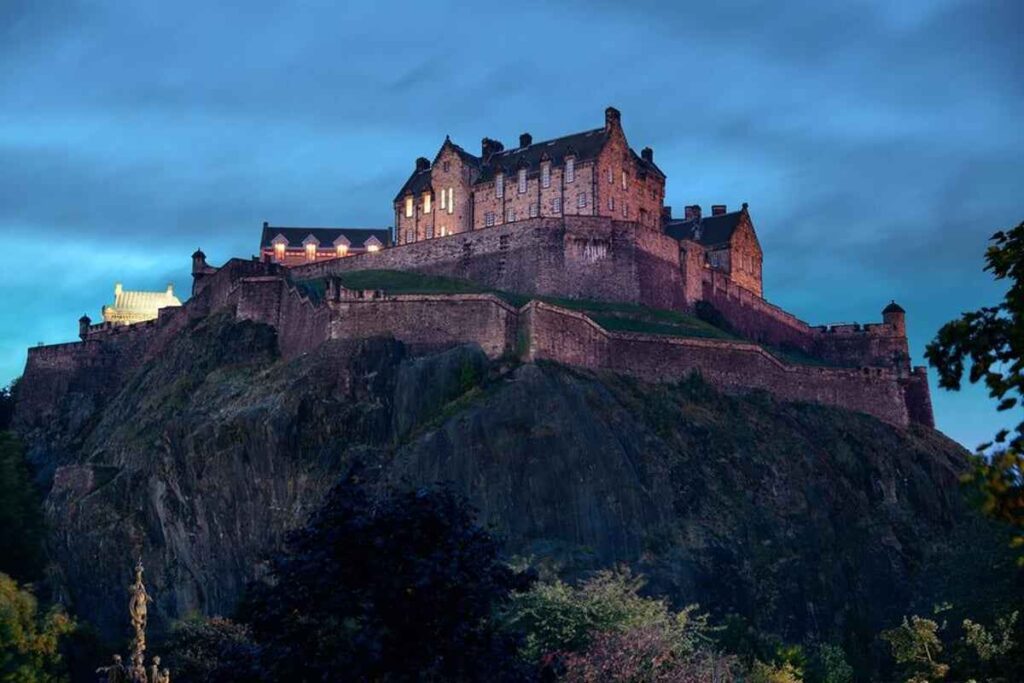
🛡️ Wars of Scottish Independence (1296–1328)
During Edward I’s campaigns in Scotland, the castle changed hands multiple times:
- 1296: Edward’s forces captured and garrisoned the castle.
- 1314: Sir Thomas Randolph successfully recaptured it for Robert the Bruce.
- 1334–1335: Brief English reoccupation ended after David II’s forces laid siege.
These turbulent decades cemented the castle’s reputation as a key to Scotland’s sovereignty.
🔥 The Lang Siege (1571–1573)
After Mary, Queen of Scots, abdicated in 1567, supporters of her infant son, James VI, held Edinburgh Castle against the Protestant regent, the Earl of Moray. The “Lang Siege” lasted almost two years:
- Defenders: Marian loyalists under William Kirkcaldy of Grange.
- Attackers: Regent forces, aided by English artillery.
With the castle bombarded from “Mons Meg” and other cannons, the defenders surrendered in May 1573. The siege underscored the castle’s resilience and introduced new artillery tactics to Scottish warfare.
🎖️ Military Use from 17th–19th Centuries
- Jacobite Risings: In 1745, Bonnie Prince Charlie’s forces nearly seized the castle, but loyal government troops held out.
- British Army Barracks: From the late 17th century onward, the castle functioned as a major garrison, housing regiments and serving as munitions storage.
- Prisoners of War: During the Napoleonic Wars, French and American POWs were confined within the castle walls.
Even today, the 1 o’clock Gun—fired daily since 1861—reminds visitors of the castle’s ongoing military role.
🏰 Architectural Highlights of Edinburgh Castle
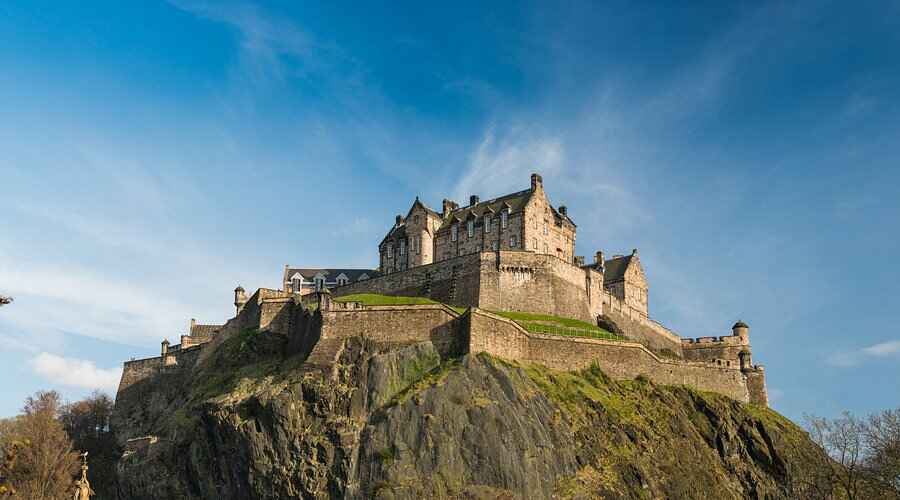
🏯 Crown Square and Royal Palace
At the heart of Edinburgh Castle lies Crown Square—a courtyard flanked by key royal and military buildings:
- Royal Palace: Originally built in the 12th century, rebuilt by James IV in the late 15th century. Today, its restored chambers house the Honours of Scotland (crown jewels) and the Stone of Scone, used in Scottish coronations.
- Great Hall: Constructed c. 1510 by James IV; features a hammerbeam roof, ornate wood carvings, and royal coats of arms. It once hosted feasts, ceremonies, and Parliament sessions.
⛪ St. Margaret’s Chapel
Tucked into the castle’s southeast corner, St. Margaret’s Chapel is the oldest building in Edinburgh (c. 1130). Built by David I as a private oratory, its Romanesque architecture and simple stone walls honor Queen Margaret’s piety and have endured over nine centuries.
🔨 Half Moon Battery and War Memorials
- Half Moon Battery: Rebuilt in 1850, this artillery platform overlooks the city’s historic Old Town. Its Victorian cannons remain intact.
- Scottish National War Memorial: Completed in 1927, this Gothic-style chapel honors over 150,000 Scots killed in World Wars I and II. Intricate stained glass and carved figures reflect Scotland’s military sacrifices.
🏺 Royal and Cultural Treasures
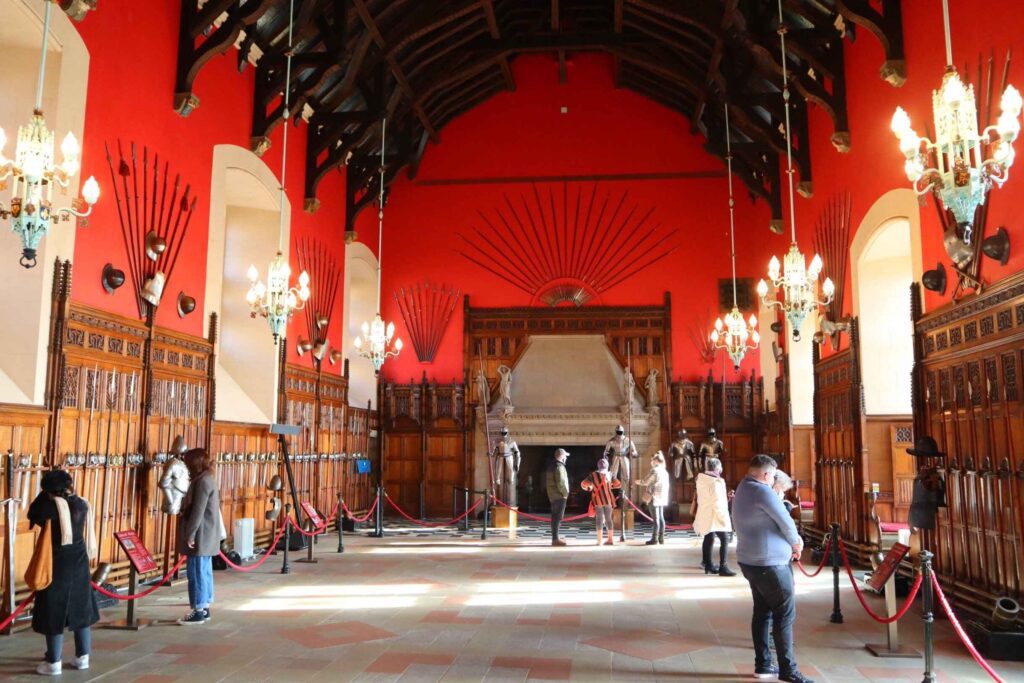
💎 Honours of Scotland
Housed within the Crown Room, the Honours of Scotland—the oldest crown jewels in the British Isles—consist of:
- Crown of Scotland (1540)
- Scepters of James IV (1494) and Charles I (1633)
- Sword of State (1507)
These regalia symbolize the Scottish monarchy’s authority and were hidden in Dunnottar Castle during Cromwell’s invasion.
🗿 Stone of Scone (Stone of Destiny)
- Also known as the Coronation Stone, this ancient Pictish symbol was used for centuries in Scottish monarch coronations.
- In 1296, Edward I seized it and had it embedded under the English coronation chair at Westminster.
- Returned to Scotland in 1996, it resides beneath the throne in the Royal Palace.
🎻 National War Museum Collections
The museum exhibits weapons, uniforms, and personal diaries from Scottish regiments dating back to the 17th century. A highlight is the Regimental Gallery, showcasing tartan kilts, battle flags, and artillery pieces from conflicts worldwide.
🕌 Islamic History and Edinburgh Castle
🌍 Medieval Crusader Connections
Although Scotland did not directly host major Muslim–Christian conflicts, Scottish knights participated in Crusades (12th–13th centuries), forging early awareness of the Islamic world. While no mosques existed in Edinburgh at the time, artifacts—such as Arabic coins and textiles—arrived via Crusader routes, later stored in royal treasuries.
🕌 World War II POWs
During WWII, Muslim soldiers from British Indian Army units fought alongside Scottish regiments. Some Muslim POWs captured by Axis forces were transferred to camps near Edinburgh. Though not imprisoned within the castle, their presence influenced local interfaith dialogues.
🤝 Modern Interfaith Events
In recent decades, the castle has hosted interfaith services, including Islamic prayers during Remembrance Day ceremonies, reflecting Scotland’s diverse heritage and honoring all who served.
🚶 Visiting Edinburgh Castle Today
🎟️ Tickets & Opening Hours
- Opening Hours:
- Summer (Apr–Sept): 9:30 AM–6:00 PM
- Winter (Oct–Mar): 9:30 AM–5:00 PM
- Admission Fees (2023):
- Adult: £18.50
- Student/Senior: £15.00
- Child (5–15): £11.00
- Family: £48.50
Tip: Book online in advance to skip long queues. Early mornings offer fewer crowds.
🧭 Must-See Highlights
- Crown Room: View the Honours of Scotland and the Stone of Scone.
- One o’Clock Gun: Arrive at 1 PM daily to hear the time signal cannon—tradition since 1861.
- National War Museum: Immerse yourself in Scotland’s military history.
- St. Margaret’s Chapel: Step into Scotland’s oldest surviving building.
- City Views: From the battlements, enjoy panoramic views of Princes Street, Arthur’s Seat, and the Old Town.
🥾 Practical Tips
- Footwear: Wear comfortable shoes—cobbled paths and steep inclines abound.
- Weather: Be prepared for sudden rain and wind; layers and waterproofs are recommended.
- Guided Tours: Free guided tours are offered hourly (included in admission). Private guided options provide deeper insights.
- Accessibility: While the castle’s terrain is uneven, there are wheelchair-accessible routes to main attractions.
📝 Key Points to Remember
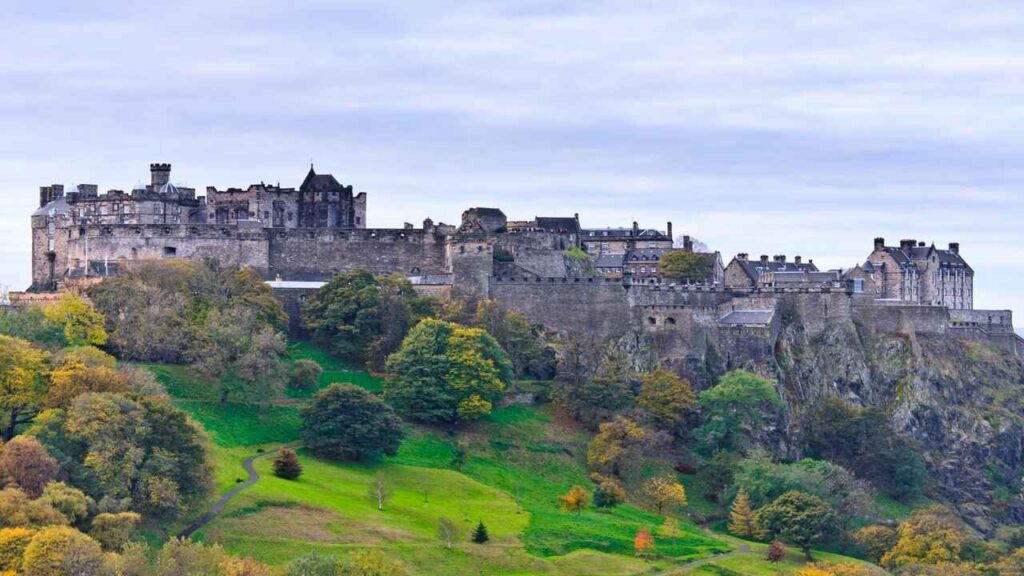
- Symbol of Scotland: Edinburgh Castle has been a royal residence, fortress, and military garrison for over 1,000 years.
- Architectural Gems: Highlights include St. Margaret’s Chapel (12th c.), the Royal Palace (16th c.), and the Great Hall (1510).
- Military Significance: From Wars of Independence to Napoleon’s threat and WWII, the castle’s defenses reflect evolving warfare.
- Cultural Treasures: Home to the Honours of Scotland, Stone of Scone, and National War Museum collections.
- Interfaith Legacy: Though no direct medieval Islamic presence, modern interfaith events honor shared histories and the Muslim soldiers allied with Scotland.
✅ Conclusion & Call to Action
Edinburgh Castle embodies Scotland’s enduring spirit—its rugged defiance, royal splendor, and storied history. From the echoes of medieval sieges to the glitter of the Honours of Scotland, each stone tells a tale of resilience. Whether you’re drawn by royal intrigue, military legacy, or breathtaking city views, Edinburgh Castle promises an unforgettable journey.
👉 Plan your visit to Edinburgh Castle today—and claim your vantage point atop Scotland’s most iconic fortress!

